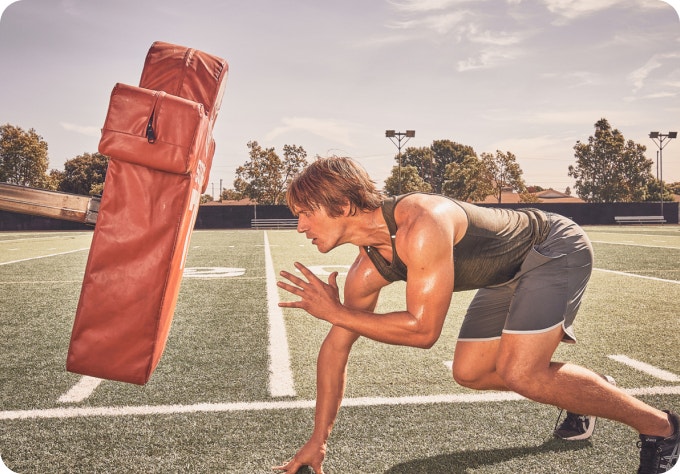false
morning-mist
Rated brand in the industry
1.5M+
Professionals trained by NASM
14,000+
Partnerships with gyms and health clubs
NFL

NASM-credentialed professionals are part of the performance staff for 100% of NFL teams, developing stronger, faster, more resilient athletes.
NBA

100% of NBA teams have at least one NASM-credentialed professional, ensuring athletes maximize their performance.
NHL

In a sport where power and precision collide, 91% of NHL teams have NASM-credentialed professionals on staff to keep athletes strong, fast, and resilient.
MLS

100% of MLS teams have NASM-credentialed pros on staff, grounding athletic success in proven science and methodology.
NWSL

From explosive agility to all-game endurance, 86% of NWSL teams rely on NASM-credentialed pros to drive their athletic prowess.
WNBA

Every game demands power, agility, and endurance—so 92% of WNBA teams rely on NASM-credentialed pros to keep their athletes at peak performance.
MLB

NASM-credentialed professionals play a key role in the MLB, with 100% of teams trusting them to keep athletes at their absolute best.
small-icon
backgroundImage

title
Why Choose NASM?
stat1Percentage
96%
stat1Description
satisfaction rate with the learning experience
stat2Percentage
86%
stat2Description
NASM-credentialed pros feel prepared for their first client
stat3Percentage
87%
stat3Description
NASM-credentialed pros feel confident to develop a complete program

small-icon
Expand your knowledge and skills — access 350+ courses in the CEU Library
Build expertise faster — save 50% on certifications and specializations
Grow your impact and business — get 8 free specializations and courses
Run your business efficiently — train smarter with EDGE Trainer Pro
Maintain your credentials — no recertification/renewal, retest, or extension fees
NASM OneTM gives you the tools and momentum to grow your career, amplify your results, and achieve your goals.
Frequently Asked Questions

image-left
If you have any additional questions about this course, check out the NASM FAQ page or contact us today 1-800-460-6276!
formTemplate
styled
formId
d8bf21c7-c69f-4a3c-a305-d32172ec0c4f
redirectUrl
formHeading
READY TO TAKE THAT FIRST STEP?
formHeading-line-2
LET’S CHAT.
formTitleLine2Color
--brand-color-citrus-pop
formSubtitle
Fill out the form below, and we’ll be in touch within one business day.
transparentBackground
false
transparentBackgroundOpacity
90
inlineMessage
false
formFooter
Or call now to speak with a program advisor.
